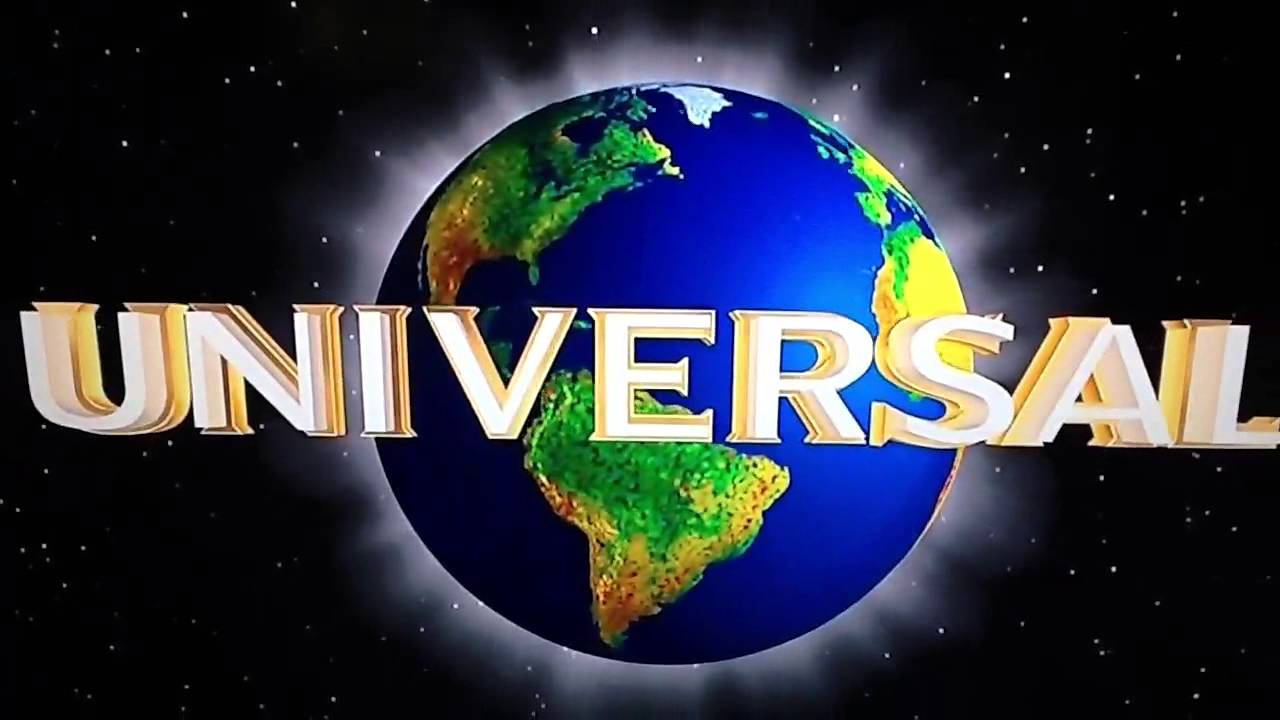Earlier this year I spent a great night at the Cinema 67 Drive-in in Spencer, Indiana. John, one of the owners of the drive-in was a great host. The lot was clean and had a sense of comfort to it, the projection was impeccable and the concession stand was top notch. A wonderful all around experience.
I had the pleasure of sitting down with John who told me abut the history of the drive-in and the good old days when the mainstay of the drive-in was low budget films. The crowds were bigger, the income greater ( he paid a 35% box office share to the studios) and drive-in culture reigned supreme. John brought up a great point.
With the majority of studios hanging their hats on large bloated comic book tent pole movies, Universal has developed a strategy with relies on taking a page , at least partially from the lower budget playbook. It is the singular studio who has begun to realize that income is dependent on producing a product with a lower negative cost. Lower negative cost in production equals a greater return on the studio’s bottom line.
Universals’ new movie Straight Outta Compton has claimed the top U.S. box office spot. The studio has had a higher than average number of hits in 2015. These films include Furious 7,Jurassic World, Minions, Fifty Shades of Grey, Pitch Perfect 2 and Trainwreck, and that trend does not look like it going to stop anytime soon. Compton is is conservatively tracking for a $25 million to $35 million domestic opening, but could easily end up with much more based on a more than amazing social media campaign. Straight Outta Compton , With a budget of $29 million is a result of a strategy of making low-budget films which have a higher degree of anticipated success. Universal has also hit it out of the park with box office success with its popular franchise properties, including Furious 7 (grossed 1.51 billion worldwide), Jurassic World ($1.58 billion worldwide), Minions ($918 million worldwide). Because of this strategy Universal has become the number one studio in terms of market share (27.8%) at the global box office for 2015 to date.
In the age of bloated big-budget movies, Universal has decided to take the road less traveled. Their strategy of reasonable production budgets and great returns. This strategy has existed since 2012 with the production of the Seth McFarlane’s movie Ted. Ted was produced at a budget of $50 million and grossed close to $550 million worldwide . The Pixar crunching Despicable Me 2 was huge in 2013 for Universal and was second on the list of highest-grossing animated films for that year, bringing in close to $ 1 billion. Despicable Me 2 was produced on a budget of $76 million, half the money spent on ($150 million), the movie that topped the list. Sometimes its not what you make it’s what you spend. A bucket full of low-budget hits continued in 2014 with titles like Lucy, Neighbors and Ride Along leading the charge. In 2014 Universal produced and distributed 14 movies and 11 of those movies had a budget of $40 million or less.
Universal on its founding was a low budget studio, monster movie and B westerns were it mainstay. When Universal combined with International pictures in 1946, it decided to upgrade the quality and prestige level of its productions, 1946 through 1948, Universal scored ten Oscar nominations. Even tough it scored a best picture in 1948 for Hamlet, it became apparent that it could ill afford its lofty aspirations The company had gone into a financial tailspin after the merger, falling from record profits of $4.6 million in 1946 to a net loss of $3.2 million in 1948.
So it was back to basics at Universal —high-volume, low-cost formula films for the sub-run market. And it was back to the old management regime as well,. Universal changed its market strategy as well, turning from the flashy first-run market to the less flashy but more reliable sub-run market. After the 1948 Paramount decree, escalating rental prices for top features forced smaller exhibitors to settle for second-rate product, and Universal was more than happy to supply it. This strategy depended on several low-budget series initiated in the last years of the 1940’s, series such a the Abbott and Costello Meet … series which began in 1948, the Ma and Pa Kettle pictures starting in 1949, and the Francis the Talking Mule launching in 1950. These movies series were for small-town and non-urban markets, which generally were poorly served by Hollywood. All of these series were hugely successful.
Low budget movies have lower risk attached to them and can possible recover their costs if they have one or two good weeks at the box-office. The studio does not have to take a big hit if the movie tanks and every once in a while, there are boffo hits which see’s grosses in the are of $500 million or more, such as seen with Fifty Shades, Ted and Despicable Me 2. Because of this strategy, Universal has seen a growth of 20% since 2012.
Theatres should take deep note of this and encourage a wider base of lower cost product (with a proper theatrical window). More product and cheaper product could be one the answers this industry is seeking.

